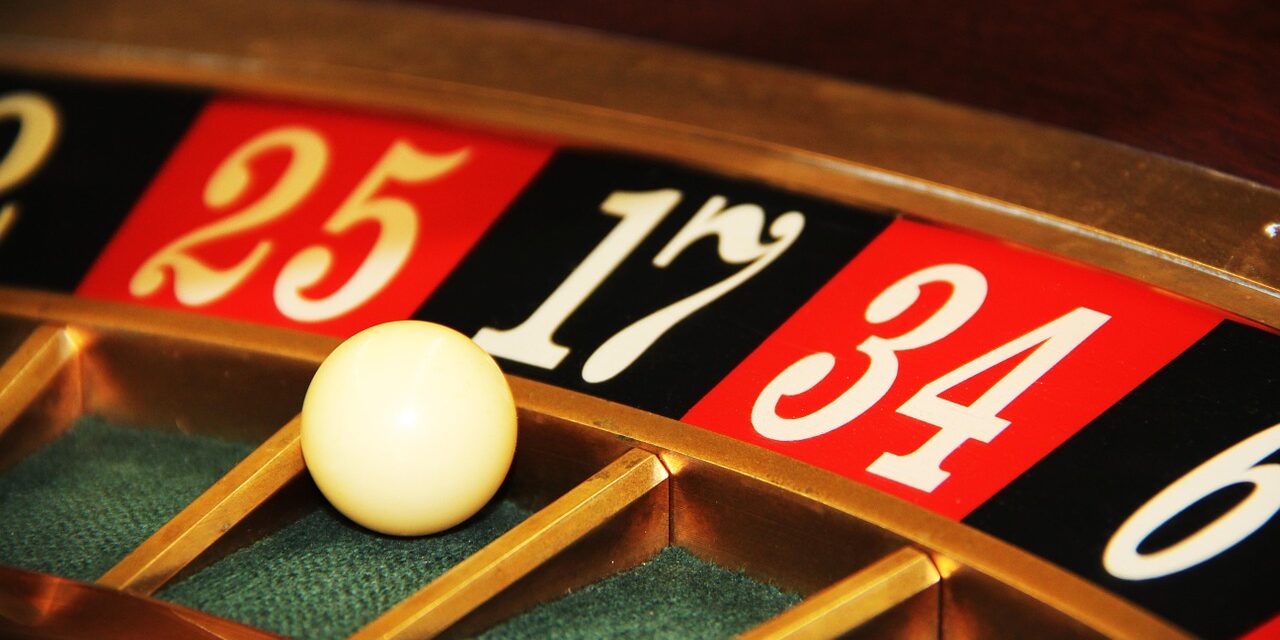Roulette: probably the most popular or at least most well-known game in the casino. It’s something we’d all want to improve our strategy towards to ensure we are the ones walking away with the money at the end of the night and not the dealer. Today we look at how to try and combat this and hopefully come away with the big bucks.
Looking to find the best sites on the web to show off your roulette skills? Here you can find sites not blocked by Gamstop in which you can try your new learnt strategies as stated below on the best tables with no restrictions on the web. Gamstop is a scheme in place to prevent punters from gambling as frequently as they’d please but the attached sites only give unlimited access to their users.
When in a casino or playing online and you always see that one player who seems to be throwing expertly and he’s probably using one of the most popular strategies; the Martingale. The essence of the strategy is to double your stake every time you have a losing bet (sounds risky but let me explain.) As long as you are only betting on alternatives such as red/black and even/odd then this strategy might be the one for you. It ensures that if you lose your first bet, you double your stake to potentially win back more than you started with – the chances of you losing a 50/50 bet multiple times in a row are very slim so as long as you commit to doubling your stake every time you should come out on top.
Looking for a safer betting strategy? Look no further than the D’Alembert Strategy is the perfect alternative. This method is a very simple method but also can be very effective also. It is completed by simply increasing and decreasing bets based by one, which compared to the Martingale strategy is much safer. As shown below in the image, it explains about what to do next whether you win or lose from your first spin and how to go on from there. This scheme is a lot safer than the Martingale strategy however you cannot reap the rewards as much so it’s best to choose the strategy best for yourself.

